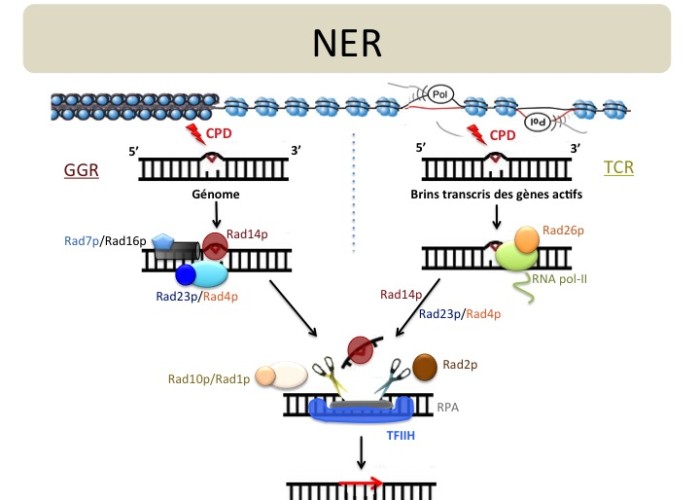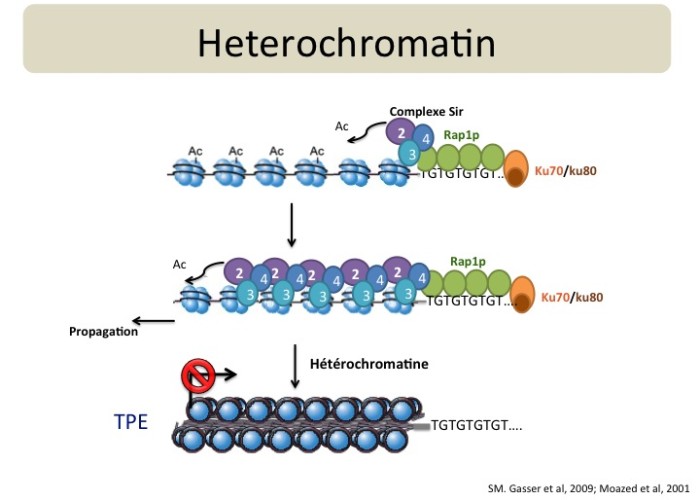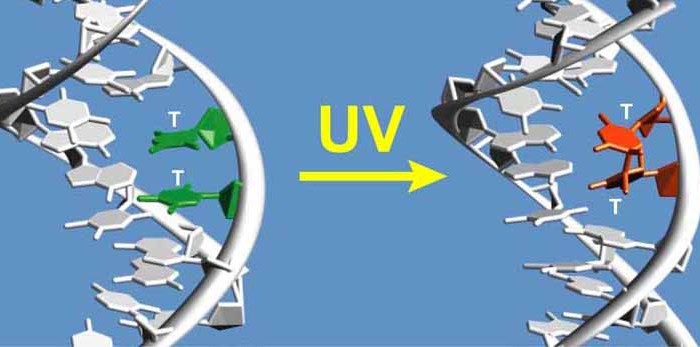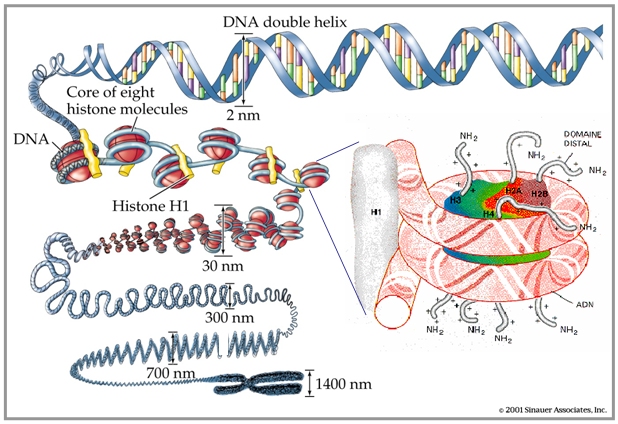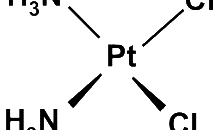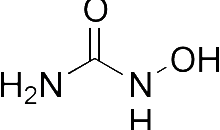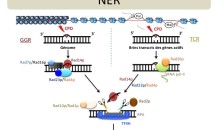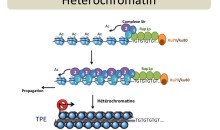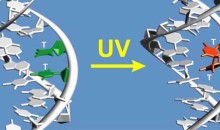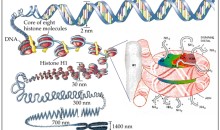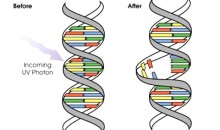REN et hétérochromatine / NER and heterochromatin
Overview
DNA lesions are a serious risk to genome integrity and cells survival. Nucleotide excision repair (NER) is the pathway that removes bulky DNA lesions such as UV-induced photoproducts like cyclobutane pyrimidine dimers (CPD). NER is divided in two sub-pathways: global genome NER (GG-NER) and transcription coupled NER (TC-NER), which only differ on how they recognize CPDs. TC-NER is faster and more efficient than GG-NER. Also, NER must recognize and repair DNA lesions that are buried in chromatin. In the yeast Saccharomyces cerevisiae, genes positioned close to telomeres are silenced by a heterochromatin-like structure that is formed by Sir proteins (Sirp). Our goal is to determine if heterochromatin affects the efficiency of NER.
Related Projects
Cisplatine / Cis-platin
Hydroxy-urée / Hydroxyurea
-
REN et hétérochromatine / NER and heterochromatin
Repair of UV induced DNA lesions in natural sub-telomeric chromatin
REN et euchromatine / NER and euchromatin

